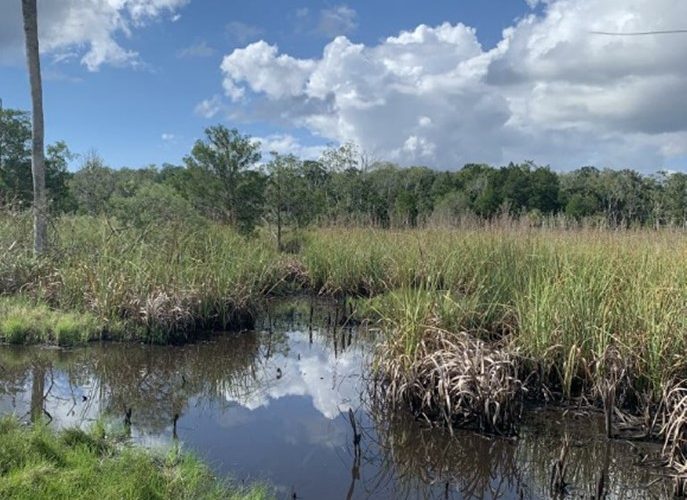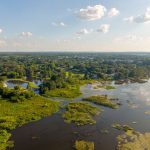Wetlands are between aquatic and land-based ecosystems, temporarily or permanently submerged in water. They are the water systems in the landscape, capturing, storing and slowly releasing water.
They provide habitats and refuge for up to 40% of biodiversity including vulnerable and endangered flora and fauna. They support many birds, amphibians, fish, and plant species by providing vital breeding, feeding, and nesting grounds. They also form corridors for migrating species.
Healthy wetlands provide many benefits and services that far exceed those of terrestrial ecosystems.
Wetlands are a key part of the water cycle, maintaining the ecological balance, locking away carbon from the atmosphere and reducing water and air pollution.
Wetlands are essential to climate change mitigation and adaptation, as they both affect and are affected by climate change.
Some wetlands, like peatlands, mangroves, tempered tree swamps and seagrasses are carbon sinks, locking away carbon over millennia through complex biological processes.
We must protect the remaining carbon megastores in wetlands across the world and restore those that have been drained and converted. Climate action through wetland conservation, wise use and restoration is not only a practical nature-based solution, it is an imperative for every country.
The effective conservation of wetlands results in cross-cutting benefits to humans and nature alike.
We cannot reach net-zero or achieve sustainable development without safeguarding and restoring the health of our global wetlands.
-Source: Wetlands International











